Soil Moisture Dynamics and the Response to Precipitation in Fixed Sand Dunes of Artemisia Ordosica Community in Mu Us Sandy Land
DOI: 10.23977/erej.2023.070401 | Downloads: 14 | Views: 1316
Author(s)
Liang Xianghan 1
Affiliation(s)
1 Management Committee of Beijing Olympic Park Central Area, Beijing, 100101, China
Corresponding Author
Liang XianghanABSTRACT
In order to deeply study the response of soil moisture to precipitation, the characteristics of precipitation infiltration and the recharge of precipitation to soil moisture in the fixed sand dunes of Artemisia Ordosica in Mu Us sandy land, this study used the AR-5 automatic soil moisture monitoring system and AV-3665R rainfall sensor to conduct long-term and continuous monitoring of soil moisture and precipitation in the fixed sand dunes of Artemisia Ordosica, and fitted the precipitation infiltration through the multi-compartment model. The results show that: (1) The accumulated precipitation in the growing season in the study area is 332.75 mm, which has a significant impact on the soil water content of 0-120 cm soil layer. The precipitation before August only affects 80 cm and above; The precipitation from August to October has a significant impact on the soil water content of 0-120cm soil layer. (2) After each precipitation event, the soil water content of 0-60 cm layer in various fields will change significantly. After each precipitation, the maximum water content of surface soil is significantly higher than that of deep soil. Since the initial soil water content before the second precipitation is significantly different, the maximum soil water content after the second precipitation is significantly higher than that after the first precipitation. The initial soil water content has a significant impact on infiltration and redistribution, which will make a significant difference between the migration rate of the wetting front and the maximum soil water content after precipitation. (3) The multi-compartment model is used to simulate the infiltration of precipitation, and the parameters are modified after the preliminary validation of the model. The results show that the modified model parameters meet the set value range, and the goodness of fit meets the statistical requirements. The modified model can better reflect the infiltration of different precipitation, different precipitation intensity, and different areas. According to the different range of parameters in the improved model, it can express the relationship between plants and soil moisture under different precipitation conditions and different time periods.
KEYWORDS
Precipitation; soil moisture; infiltration; Mu Us Sandy LandCITE THIS PAPER
Liang Xianghan, Soil Moisture Dynamics and the Response to Precipitation in Fixed Sand Dunes of Artemisia Ordosica Community in Mu Us Sandy Land. Environment, Resource and Ecology Journal (2023) Vol. 7: 1-14. DOI: http://dx.doi.org/10.23977/erej.2023.070401.
REFERENCES
[1] Feng Q. Advance in Sandy—land Moisture Research [J]. Journal of Desert Research, 1993, 13(2):9-13.
[2] Xiao D. Comments on the progress and direction in soil water research [J]. Ecology & Environmental Sciences, 2009, 18(3):1182-1188.
[3] AN Hui, AN Yu. Soil moisture dynamics and water balance of Salix psammophila shrubs in south edge of Mu Us Sandy Land. Chinese Journal of Applied Ecology [J]. Sep. 2011, 22(9): 2247-2252.
[4] Cui Liqiang, Wu Bo, et al. The characteristics of soil water in different vegetation coverage on the southeastern margin Mu us sandy land. Journal of Arid Land Resources and Environment [J]. 2010, 24(2):177-182.
[5] Dong D G, Bo W U, Jun C L, et al. Present Situation, Cause and Control Way of Desertification in China [J]. Journal of Desert Research, 1999.
[6] Chao-Feng F U, Zhao J B. Distribution of Soil Moisture Content in Different Types of Sand Dunes in the Southeastern Marginal Zone of the Mu Us Sandy Land [J]. Arid Zone Research, 2011, 28(3):377-383.
[7] Guo K., Dong X. J., & Liu Z. M. (2000). Characteristics of soil moisture content on sand dunes in Mu us sandy grassland: why Artemisia Ordosica declines on old fixed sand dunes. Acta Phytoecologica Sinica, 2000, 24:275-279.
[8] Guo K. Cyclic succession of Artemisia ordosica Krasch community in the Mu Us sandy grassland [J]. Acta Phytoecologica Sinica [J]. 24(2): 243—247, 2000.
[9] Zhibin H E, Zhao W Z. Variability of Soil Moisture of Shifting Sandy Land and Its Dependence on Precipitation in Semi-arid Region [J]. Journal of Desert Research, 2002, 22(4):359-362.
[10] Bao H, Hou L, Shen J, et al. Research on soil water dynamics of farmland in Mu Us Sand Land [J]. Chinese Journal of Eco-Agriculture, 2014.
[11] Angusa J F, Gault R R. Soil water extraction by dryland crops, annual pastures, and Lucerne in South-eastern Australia. Australian Journal of Soil Research [J]. 2001, 52:183-192.
[12] Brown K W, Evans G B. Increased soil water retention by mixing horizons of shallow sandy soil. Soil Science [J]. 1985, 139:118-121.
[13] Jiang L N, Lu Q, Yang W B, et al. The promoting effect of vegetation recovery after establishment of Poplar fixing sand forest belts in the Horqin Sandy Land of Northeast China. Journal of Food, Agriculture&Environment[J]. 2013, 11(3&4):2510-2515.
[14] Li X R, Kong D S, Tan H J, et al. Changes in soil and in vegetation following stabilization of dune in southeastern fringe of the Tengger Desert, China. Plant and Soil [J]. 2007, 300:221-231.
[15] Simmons M T, Archer S R, Teague W R, et al. Tree (Prosopis glandulosa) effects on grass growth: An experimental assessment of above-and below ground interactions in a temperate savanna. Journal of Arid Environments [J]. 2008, 72(4):314-325.
[16] Wang X, Chen F H, Dong Z, et al. Evolution of the southern Mu Us Desert in North China over the past 50 years: An analysis using proxies of human activity and climate parameters. Land Degradation & Development [J]. 2004, 15:1-16.
[17] Wu B, Han H Y, He J, et al. Field-specific calibration and evaluation of EC-5 sensor for Sandy soils. Soil Science Society of America Journal [J], 2014, 78:70-78.
[18] Parsons L R, Bandaranayake W M. Performance of a new capacitance soil moisture probe in a sandy soil. [J]. Soil Science Society of America Journal, 2009, 73(4):1378-1385.
[19] Kizito F, Campbell C S, Campbell G S, et al. Frequency, electrical conductivity and temperature analysis of a low-cost capacitance soil moisture sensor [J]. Journal of Hydrology, 2008, 352(3–4):367-378.
[20] Rosenbaum U, Huisman J A, Weuthen A, et al. Sensor-to-sensor variability of the ECH2O EC-5, TE, and 5TE sensors in dielectric liquids. [J]. Vadose Zone Journal, 2010, 9(1): 181-186.
| Downloads: | 5979 |
|---|---|
| Visits: | 448538 |
Sponsors, Associates, and Links
-
International Journal of Geological Resources and Geological Engineering
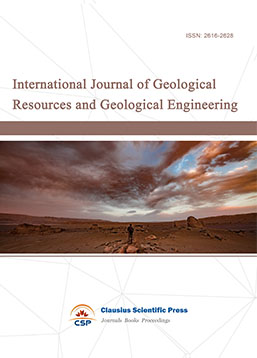
-
Big Geospatial Data and Data Science

-
Solid Earth and Space Physics

-
Environment and Climate Protection
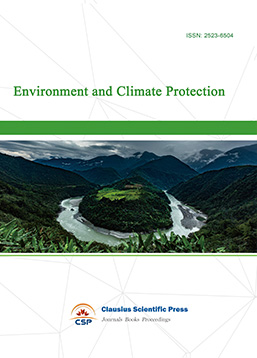
-
Journal of Cartography and Geographic Information Systems

-
Offshore and Polar Engineering

-
Physical and Human Geography
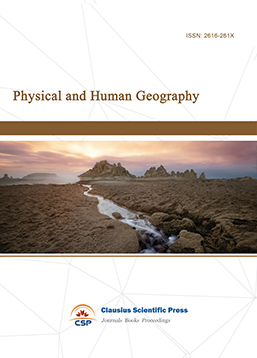
-
Journal of Atmospheric Physics and Atmospheric Environment
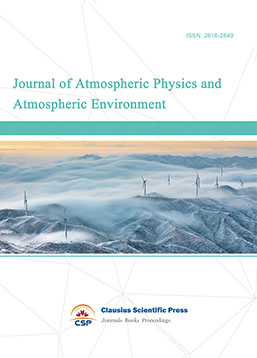
-
Trends in Meteorology

-
Journal of Coastal Engineering Research
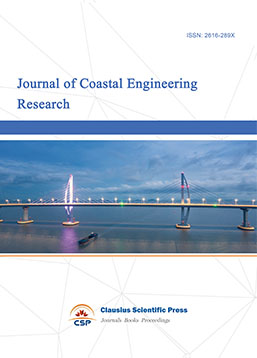
-
Focus on Plant Protection
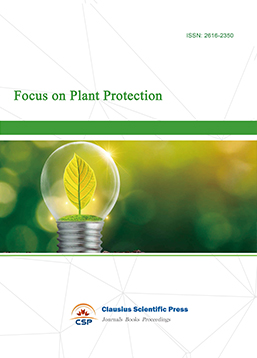
-
Toxicology and Health of Environment
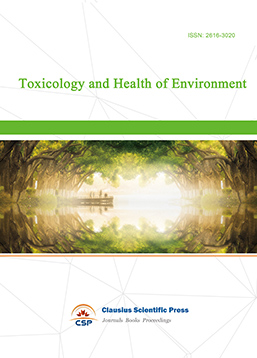
-
Geoscience and Remote Sensing
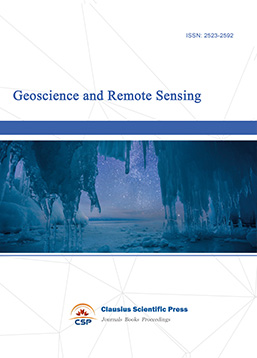
-
Advances in Physical Oceanography

-
Biology, Chemistry, and Geology in Marine
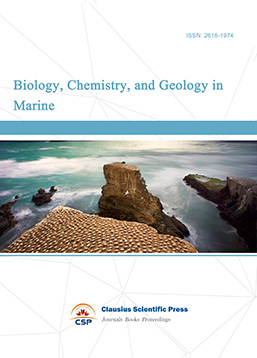
-
Water-Soil, Biological Environment and Energy

-
Geodesy and Geophysics

-
Journal of Structural and Quaternary Geology
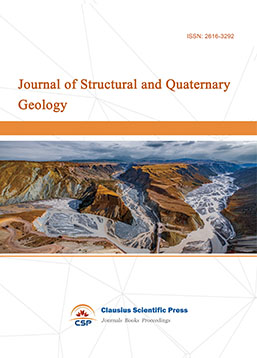
-
Journal of Sedimentary Geology

-
International Journal of Polar Social Research and Review


 Download as PDF
Download as PDF